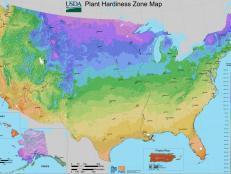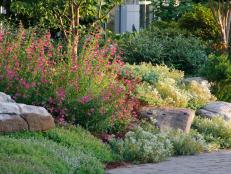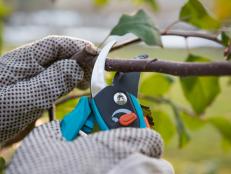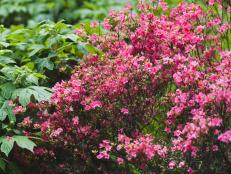The Dirt on Topsoil
When you're building a new custom home or one for speculation, you're probably focused on the structure, not the soil on the lot or the future landscaping. However, from the landscape perspective — an environmentally friendly one — the most important of all materials is topsoil, a k a "black gold." Topsoil is life itself for the flowers, grasses, shrubs and trees that put down permanent roots in the lots on which you build. It's crucial for producing and sustaining lush lawns and plantings, which increase the value of your clients' homes.
What happens to topsoil at a site, good or bad, depends largely on planning, stumping, excavation and rough grading. Constant heavy equipment and truck and trailer activity change the soil's physical characteristics, resulting in excessive compaction, poor drainage and terrible planting conditions. Even foot traffic can damage soil structure under the certain conditions. Compaction makes it difficult for water and nutrients to reach the roots of plants, causing considerable decline of the plants' health or even their death.
So what can builders do to protect this natural resource? The first way to save topsoil is to simply scrape it off and push it into a corner of the lot. This works fine if your site is two acres of old farm land.
On smaller sites or those with little or no topsoil, though, stockpiling soil is out of the question. That's where the second way to save topsoil becomes important: Prepare or till the top 4 inches of sub-soil before bringing in topsoil. This sounds like extra work, and it is. But I'm sure you wouldn't build a home without a solid foundation, and topsoil is the foundation for all the landscaping yet to come.
Connecticut Agricultural & Experiment Station soil scientist Tom Rathier explains the process and the benefits of tilling the sub-soil to create a transition point:
- Till the sub-soil, and then mix 50 percent of the topsoil with the loosened sub-soil.
- Spread the remaining topsoil, working it into the amended sub-soil. Using on-site soil is ideal for healthy, sustainable plants and turf.
- When it becomes necessary to truck in additional material, know its source and make sure it's similar to the soil on site. When physically dissimilar soils are introduced, it can create real drainage problems.
"If you're unsure of the soil makeup on your site," Tom says, "simply scoop up three or four small samples, pour them into separate zippered plastic bags and mail them to the local university's co-operative extension. Typically, within two to three weeks, you'll receive a report detailing the type of soil that exists on your site and where to find a supplier to match it."
Now that's easy.
I know, you're thinking that more machine time costs more money, and you're right. But think about this: Tilling will improve drainage and run-off issues. How's that for keeping the town hall on your team?
And if you don't know one already, find a topnotch site person: someone with a nose for blueprints and, most important, an eye for the land. That someone can save you time and materials – and that saves you money.
Craig Kopfmann is a certified landscape professional (CLP) and president of Green Acres Landscape & Design LLC in Wilton, Conn.













































